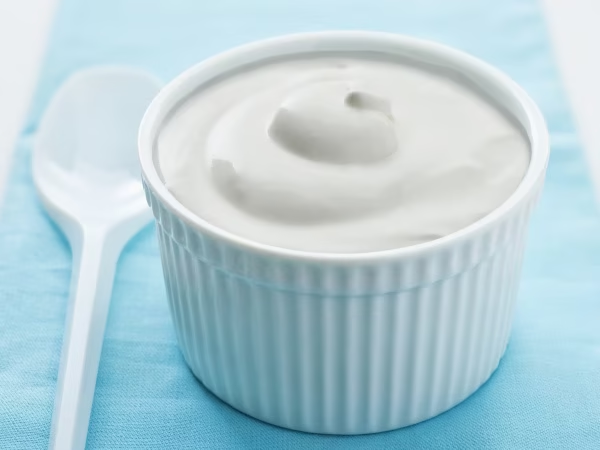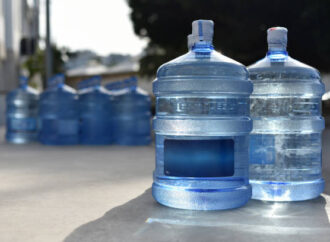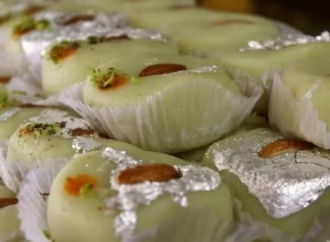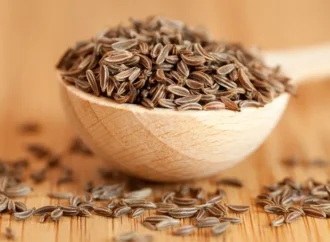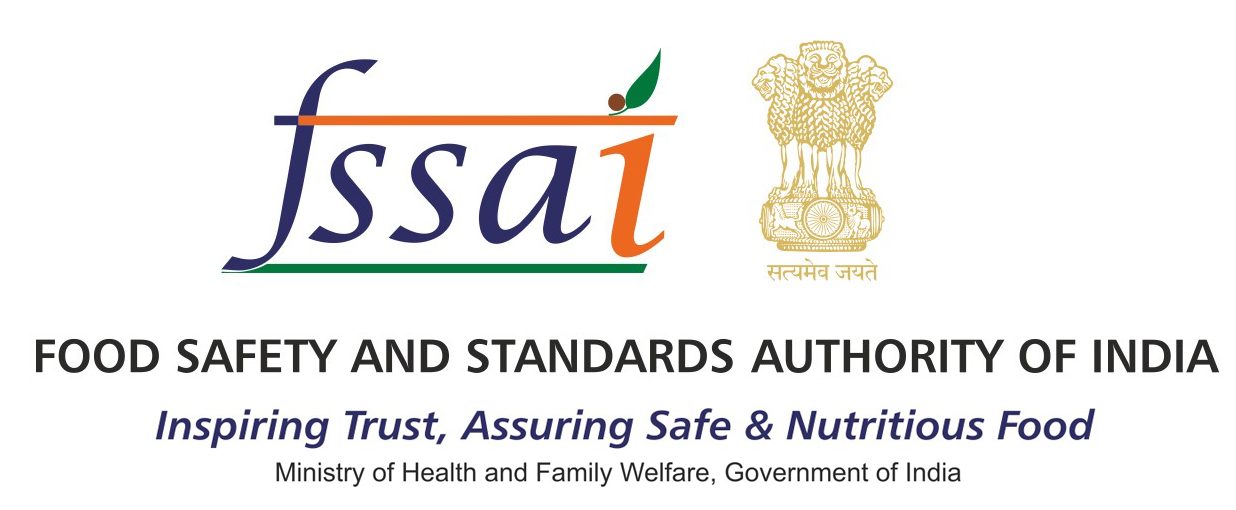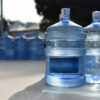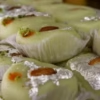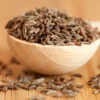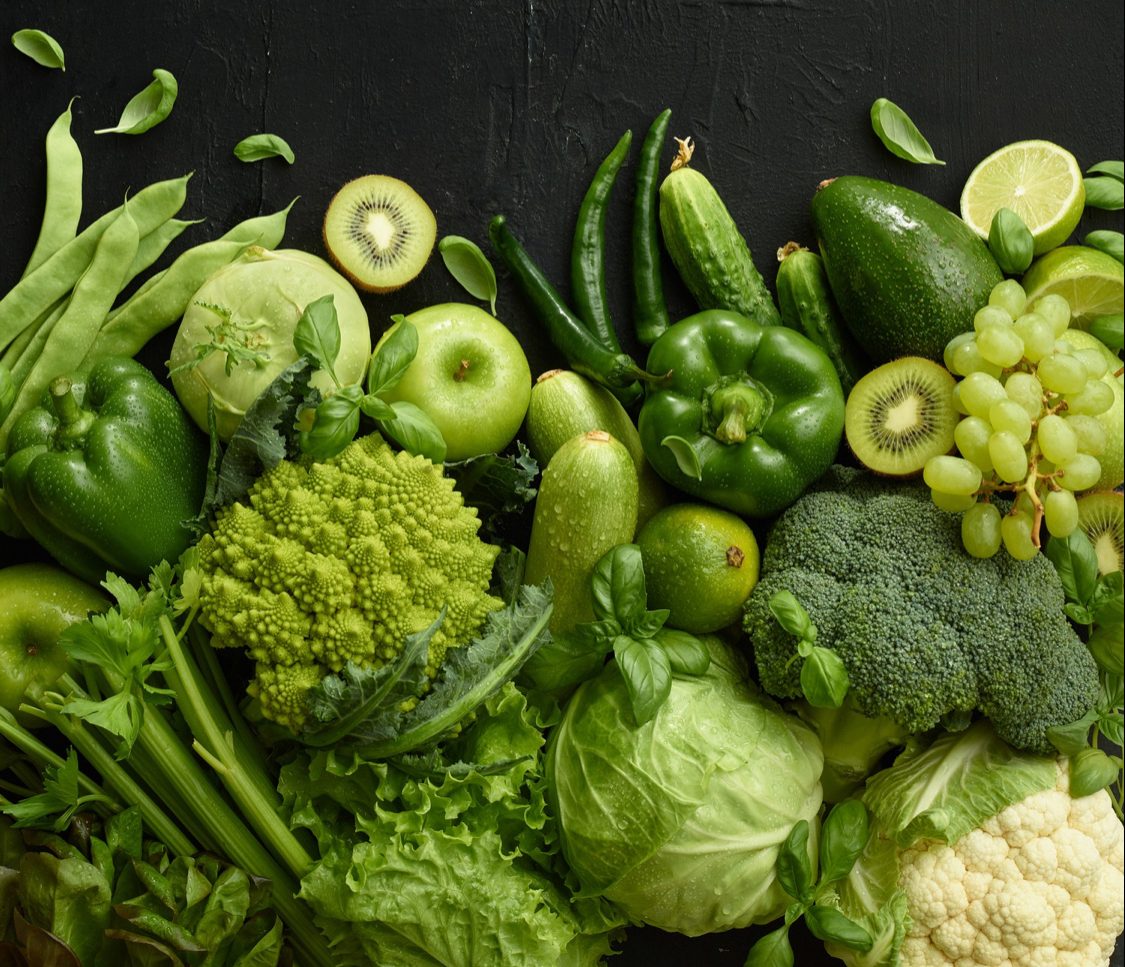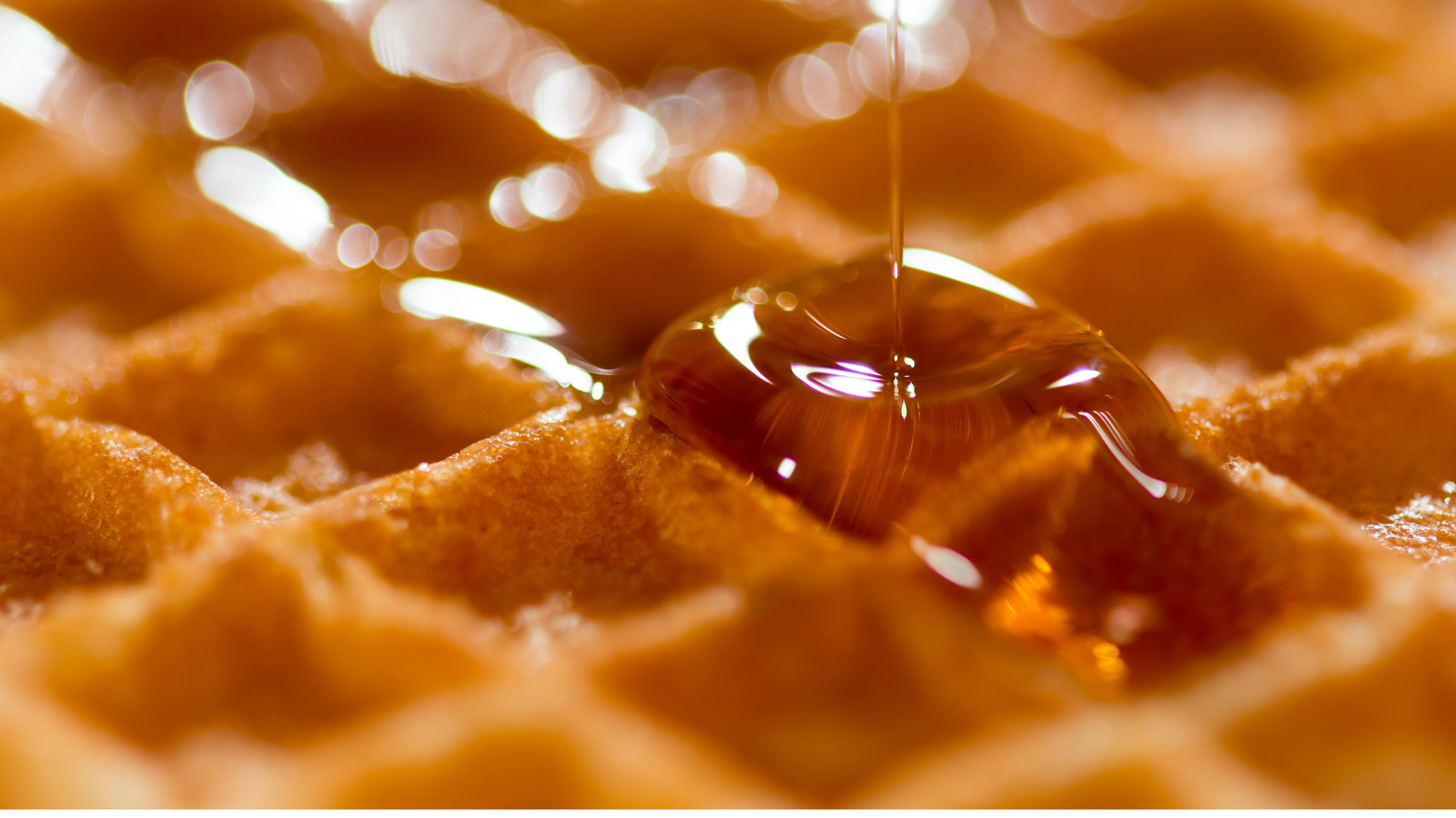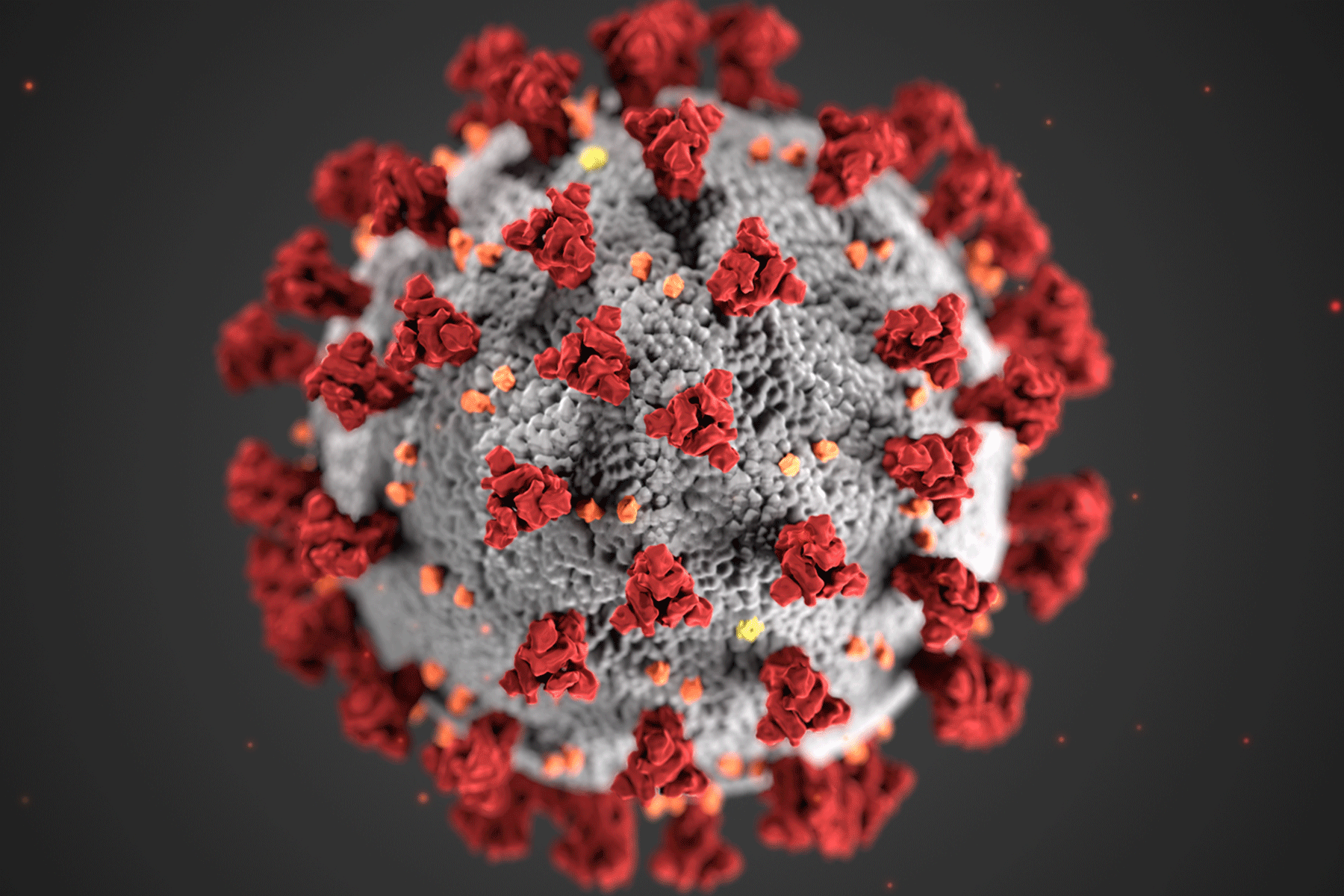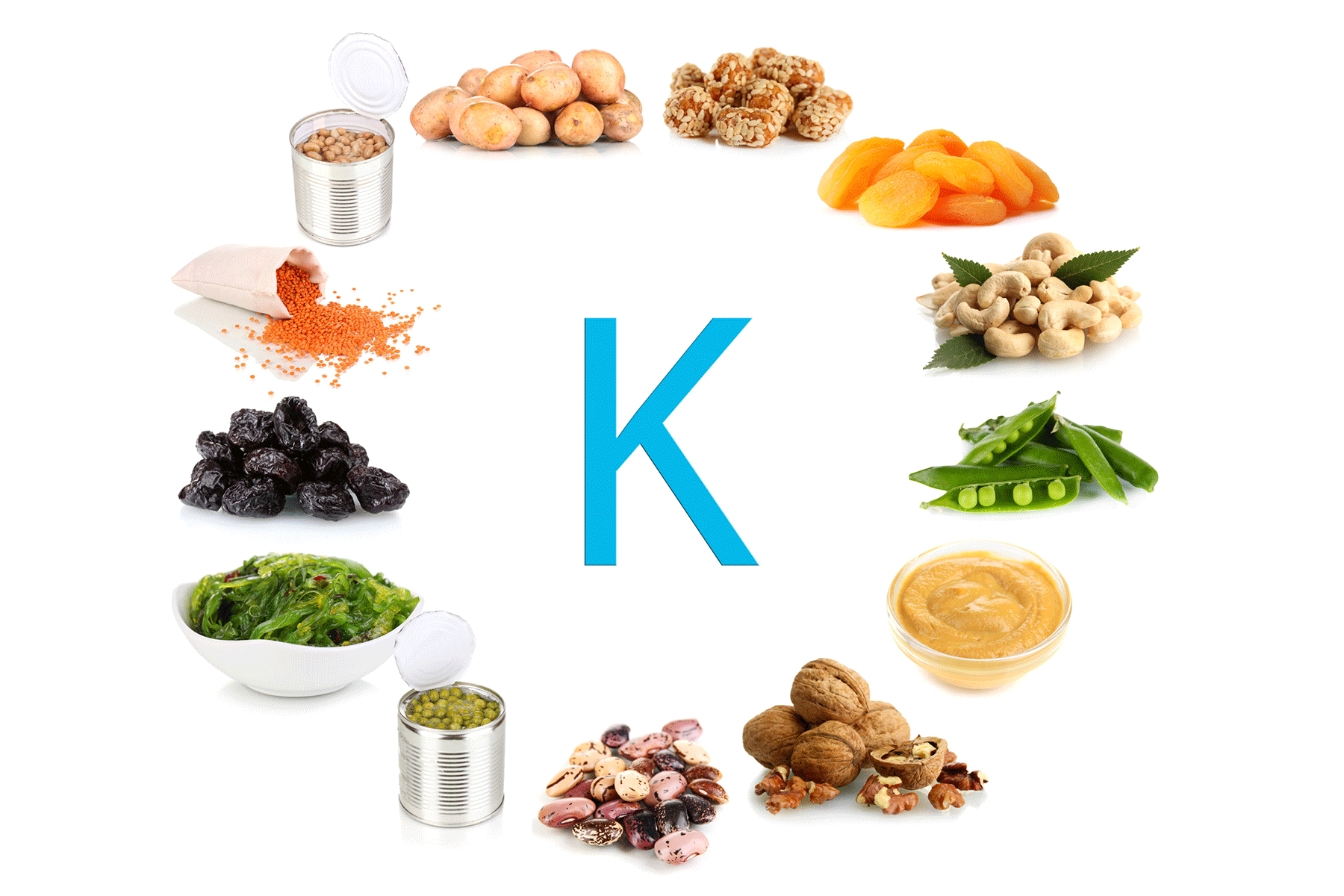Authors: Sunitha Poulose, Athira D, Biya V. Jomon
Introduction
No one wants to take a spoonful of yoghurt only to find mould and have the moment ruined. Moisture-rich foods like yoghurt are more likely to get mould and yeast contamination. One such yeast, Robbauera albescens, from the Debaryomycetaceae family, is a growing concern. While harmless to most, it poses serious risks for individuals with weakened immunity, such as the elderly, young children, and those with chronic illnesses, as their bodies struggle to fight off threats. This can lead to digestive problems, toxin buildup, and even invasive fungal infections.
The presence of R. albescens in yoghurt highlights the need for stronger safety measures, including better microbiological testing, improved pasteurization, and stricter hygiene controls. Contamination often results from poor storage or lapses in pasteurization, making early detection crucial.
This study, using advanced DNA-based detection, underscores an emerging food safety risk, particularly for vulnerable populations, and reinforces the need for tighter industry regulations.
Objective
This study aimed to detect and characterize yeast and mould contamination in an unflavoured yoghurt sample using advanced DNA-based techniques, particularly the application of molecular-based identification and sequencing. These methods were employed to identify pathogenic microorganisms, ensuring a distinction from the beneficial microbes naturally present in yoghurt.
The study also assessed compliance with microbiological safety standards by specifically targeting harmful or pathogenic microbial strains that could pose health risks, particularly for immunocompromised individuals.
Method
A sample of unflavoured yoghurt underwent microbiological analysis following IS 5403 guidelines to assess yeast and mould contamination. Fungal cultures were isolated, and genomic DNA was extracted using the Zymag™ Plant & Algae Magnetic-Based Extraction Kit. The DNA concentration was measured via UV spectroscopy and agarose gel electrophoresis, followed by PCR amplification, purification, and sequencing. The obtained sequences were analyzed using BLAST to determine microbial identity.
Key Findings
Microbiological analysis revealed excessive yeast and mould contamination, with the total aerobic plate count exceeding regulatory limits. BLAST analysis confirmed a 99.53% sequence identity with Robbauera albescens (NCBI Accession No: LC134291.1), a yeast, known to inhabit diverse environments, including food. This finding is significant as R. albescens is not typically reported in yoghurt, highlighting its potential as an emerging spoilage concern.
The application of molecular techniques, particularly DNA sequencing, provided a precise and reliable method for identifying R. albescens. Unlike conventional culture-based techniques, which may be limited in sensitivity and specificity, DNA-based detection enables accurate microbial identification, enhances food safety monitoring, and improves contamination control measures in dairy products.
Conclusion
This study highlights a critical food safety concern: yeast and mould levels in the tested yoghurt sample exceeded safe limits, posing health risks, particularly for vulnerable individuals. The detection of Robbauera albescens underscores its role in spoilage, affecting yoghurt’s taste, texture, and quality.
Poor hygiene, improper storage, and contamination during processing accelerate microbial growth, stressing the need for stricter quality control. These findings call for consistent microbial monitoring and advanced molecular diagnostics in food safety programs. DNA-based detection can enhance contamination management, extend shelf life, and ensure yoghurt’s microbiological integrity—safeguarding public health and restoring consumer confidence. Special attention must be given to immunocompromised individuals, who are at higher risk from such contamination.
 Food Manifest
Food Manifest 